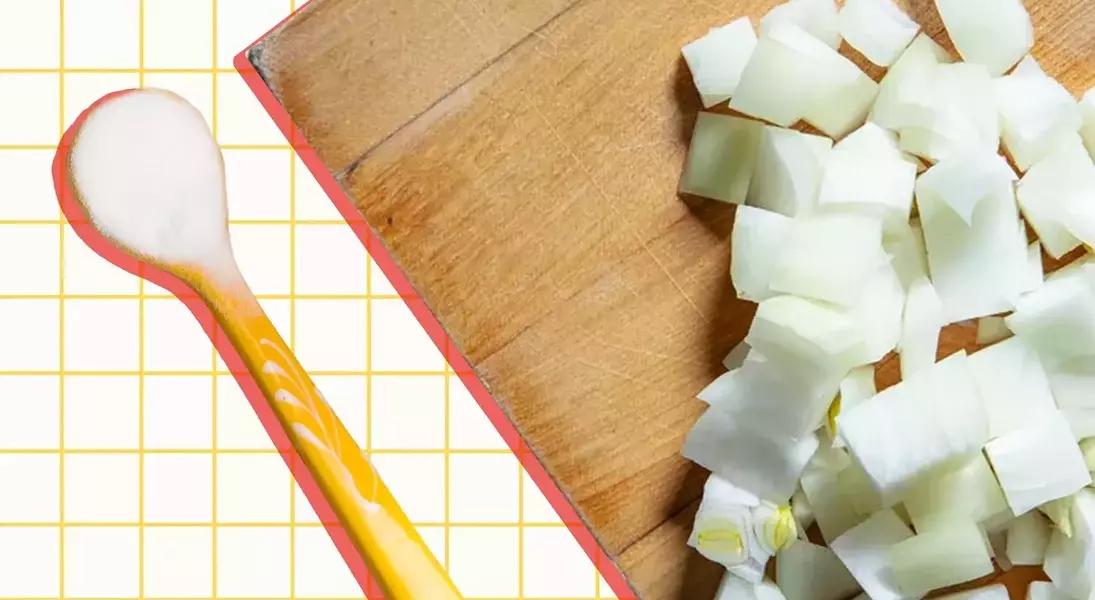
Unlock Deeper Flavors, Faster: Revolutionize Your Onion Prep
The Science Behind Accelerated Onion Browning: How pH Levels Transform Your Cooking
The chemical interplay known as the Maillard reaction, responsible for the delightful browning and complex flavors in many cooked foods, is significantly influenced by pH levels. Onions, being naturally acidic with a pH of about 5, don't typically brown quickly on their own. However, introducing an alkaline ingredient such as baking soda can elevate their pH, thereby kickstarting and accelerating this browning process. This simple adjustment means that onions will achieve that desired rich, golden-brown hue in a fraction of the time.
Baking Soda's Dual Action: Enhancing Flavor and Softening Texture
Beyond just speeding up the Maillard reaction, baking soda also acts as a powerful tenderizer for onions. Its high pH, typically ranging between 8.3 and 9, effectively breaks down the pectin within the onion's cellular structure. This breakdown leads to a rapid softening of the onions, which not only accelerates their cooking time but also promotes a faster release of their inherent flavors and colors. The result is a more deeply flavored and uniformly colored dish, achieved with remarkable efficiency.
Mastering the Technique: Incorporating Baking Soda for Optimal Results
To implement this time-saving trick, begin by heating your chosen cooking oil in a skillet or pot. Once hot, add your prepared onions (whether chopped, sliced, or diced), immediately followed by the baking soda. A general guideline is to use about 1/4 teaspoon of baking soda for every pound of onions. Ensure the baking soda is thoroughly mixed with the onions for even distribution. Cook over medium-high heat, stirring frequently, until the onions start to develop a brown crust on the pan. At this point, deglaze with a tablespoon of water, scraping up all the flavorful browned bits. Repeat this process until the onions reach a deep brown, rich color. This entire procedure can take as little as 10 minutes for finely diced onions, significantly reducing typical cooking times.
Strategic Application: When to Embrace or Avoid This Browning Hack
While the baking soda method is a game-changer for speed, its effects on onion texture mean it's not suitable for every recipe. The process results in very soft, almost mushy onions, which is perfect for dishes where onions are meant to melt into a sauce, such as channa masala or butter chicken. However, for recipes that call for onions to retain their shape and a crispier texture, like French onion soup or onion burgers, this technique should be avoided. The accelerated browning also comes with a slight reduction in the natural sweetness of caramelized onions and, occasionally, a faint soapy undertone. Therefore, it's best reserved for dishes with robust flavors that can balance these subtle changes. Additionally, while effective with all onion varieties, baking soda can impart a less appealing bluish-green tint to red onions, though this often goes unnoticed when blended into a sauce.
